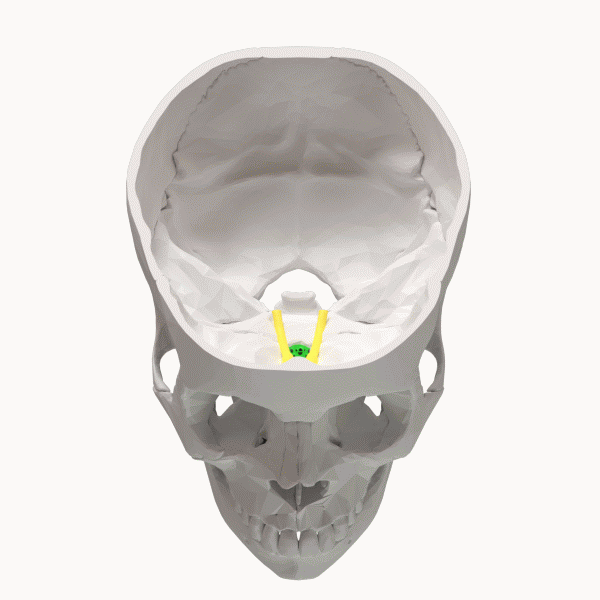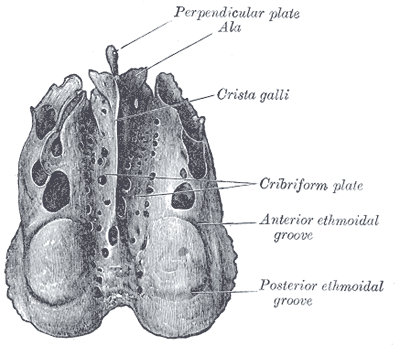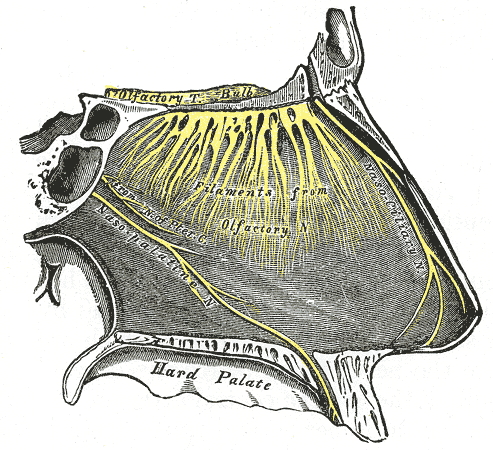
“… I carried to my lips a spoonful of the tea in which I had let soften a bit of madeleine. But at the very instant when the mouthful of tea mixed with cake crumbs touched my palate, I quivered, attentive to the extraordinary thing that was happening inside me.”
– Marcel Proust
Have you ever noticed how alive children are to their senses? I’m visiting my nieces this weekend and when I mentioned my sense of smell (cause I’m writing this newsletter!), the younger one said: “I love how my mama smells! It’s very distinctive!” Her whole body and face expressed this feeling this bring her…and then of course, her mom was right there, so she could get a nice reminder by snuggling close.
Smell takes us quickly into a dream state, a restful and imaginative swoon. That’s because the first cranial nerve, called the olfactory nerve, goes straight to your limbic system, the “emotional” center of your brain.
The oldest of our senses, it’s a direct way into a kaleidoscope of emotions, the flavors of life. I’ve come to think of my olfactory organ as a kind of “core” part of myself that I can always rely on when I want to tap into emotional mobility. I want to let feelings flow.
You have to breath to smell, so it also cues you in to the autonomic rhythms of your body. You can access the flow of sensory experience without trying to exert control. You can let the most subtle emotions flow this way and that, catching the wave of energy and nuance that it provides.
The olfactory organ sits on top of a very small, porous, and detailed bone called the ethmoid that is basically right in the middle of your head. Look at the beautiful animation above, and you will see that this little bone sits centrally in the front of the brain pan, surrounded by all the other bigger, more famous bones of your skull. For the anatomy geeks among you this short lecture about the 3D animation will be helpful, as it shows the bone from all angles. It’s incredibly detailed and kind of looks like a space ship.
When we grip our jaw, tighten our neck, squint our eyes…all of those actions bring pressure to bear on this breathable, core place. I believe that giving delicate, internal places like this space to move affects our emotional state.
What if this beautiful bone could just float in there, right underneath your brain, nestled between all the other skull bones but separate, breathable, slightly mobile. The top of it is called the cribriform plate, which has a bunch of beautiful little holes through which the tendrils of your olfactory bulb dangle, kind of like a kid sitting at the edge of a river with their feet in the water.


This is just one of the 13 explorations that you will experience in a Cranial Nerve Sequencing package – click here to find out more!

